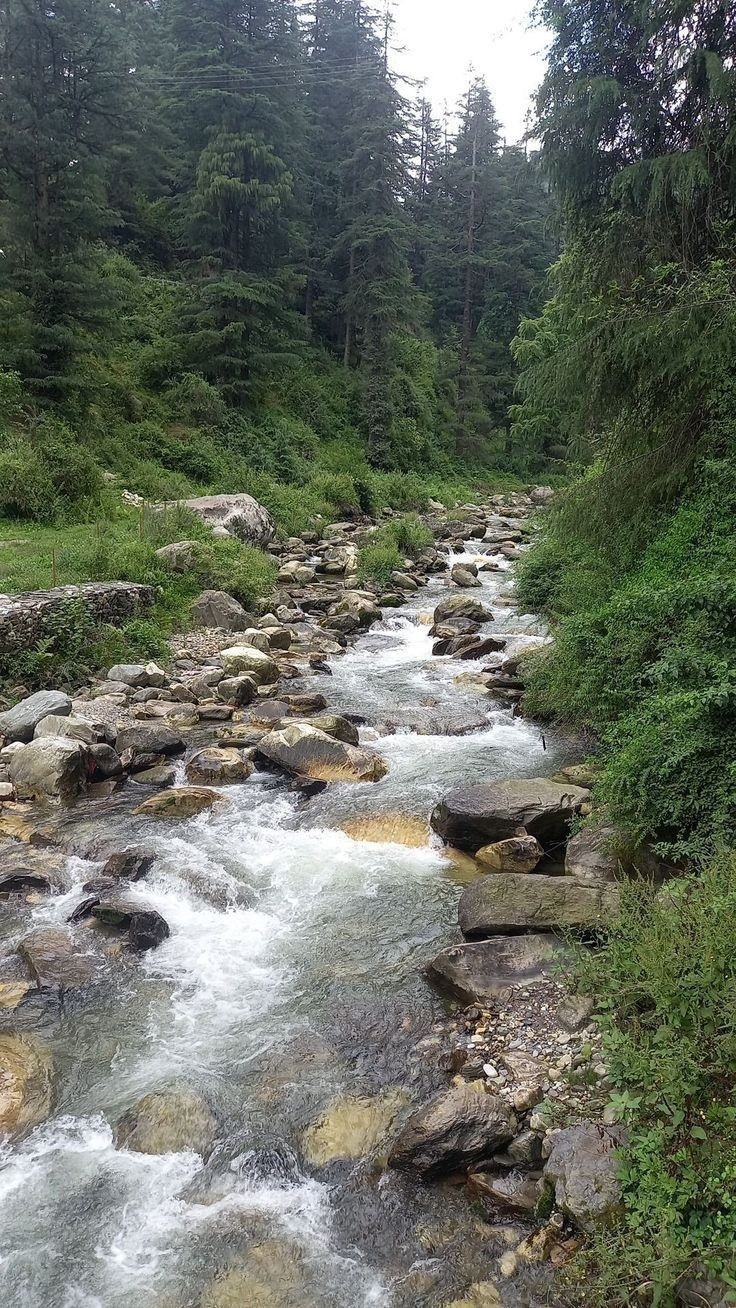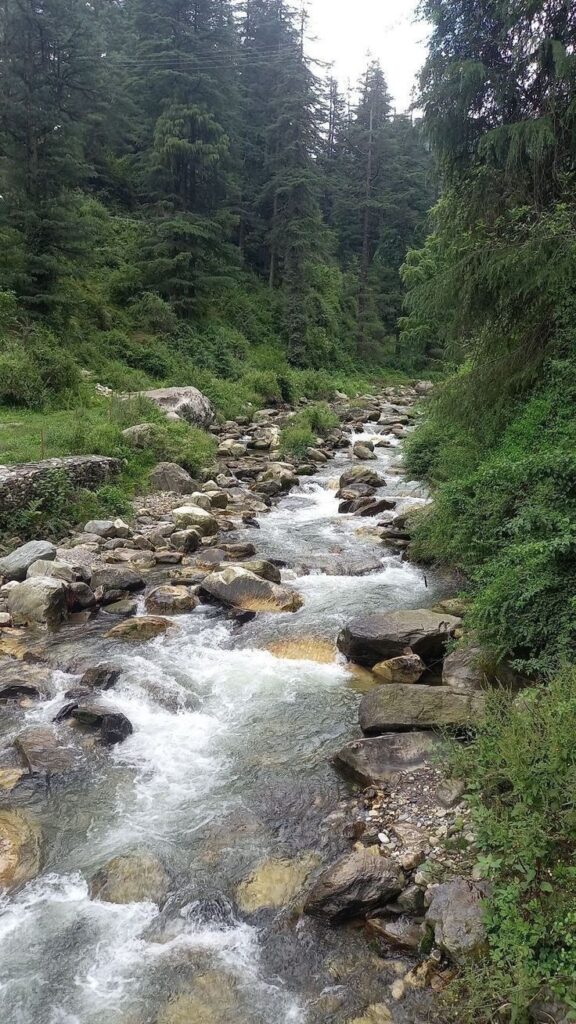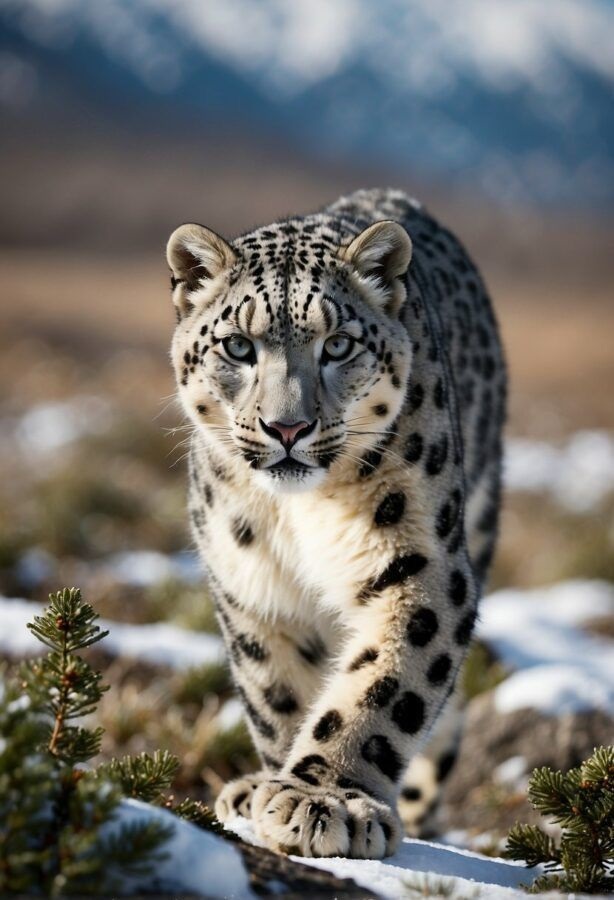
Imagine you’re deep in the wild, shoes caked in mud, hair tousled by the wind, eyes squinting against the sunlight filtering through dense foliage. There are no accolades or flashing cameras to capture your efforts, only the steady hum of nature around you. This is the reality for many unsung heroes working tirelessly in India’s conservation efforts, often with little to no recognition. Enter the Mud on Boots project, an initiative that aims to change the narrative, one muddy boot at a time.
By Vedika Singh

The Birth of a Grassroots Movement
Launched by the Sanctuary Nature Foundation in January 2017, the Mud on Boots project is a brilliant (and much-needed) response to an age-old problem: unsung conservationists getting sidelined while the big names in wildlife conservation hog the spotlight. It’s a refreshing take on the ground-up approach, shining a light on the unsung heroes who live and breathe conservation in some of the most biodiverse – and often remote – parts of India.
These local heroes aren’t just conservationists by title. They are farmers, teachers, and villagers who, despite limited resources, are devoted to preserving India’s wildlife and ecosystems. They have their boots in the mud, quite literally, navigating the difficult terrain of both nature and bureaucracy. And yet, they remain invisible to large conservation organizations, governments, and the media.
But Mud on Boots isn’t about flashy campaigns or token gestures. It’s about providing real support. It’s about recognizing that the people most affected by environmental degradation are also the best positioned to protect their local ecosystems. By focusing on these grassroots leaders, Mud on Boots provides them with financial backing, mentorship, and a network of resources that would otherwise be out of reach.

Not Just Money, But Mentorship
One of the genius aspects of Mud on Boots is that it’s not just about throwing money at the problem – though a tidy sum of INR 5,00,000 for two years of work certainly doesn’t hurt. The project also provides training, project management guidance, media coverage, and networking opportunities. It’s like providing a toolbox full of spanners, screwdrivers, and the occasional crowbar – everything a grassroots conservationist might need to fix the unique challenges they face on the ground.
For example, in Arunachal Pradesh, two project leaders, Dechin Pema Saingmo and Pemba Tsering Romo, have been working on the long-term conservation of snow leopards, one of India’s most elusive and endangered species. They’ve organized training sessions to teach local communities how to use camera traps to monitor wildlife populations, bringing a level of tech-savviness to remote villages. The project doesn’t just throw cash at the issue – it empowers people by building their capacities and offering sustainable solutions.
The Elephant in the Room – Quite Literally
Human-wildlife conflict is a huge challenge in many parts of India, especially as urban areas expand and encroach on wildlife habitats. In West Bengal, Amir Chhetri, one of the project’s leaders, is tackling this head-on. The region has seen a tragic uptick in the electrocution of elephants, as local farmers string live wires around their crops to ward off the gentle giants. Rather than wagging fingers, Chhetri is working to build solar fences as a safer alternative. He’s also distributing educational leaflets to inform farmers about the legal repercussions of using live wires and offer them more humane alternatives. It’s not just about saving elephants; it’s about saving the people’s crops and livelihoods, too.
This kind of work is the epitome of grassroots conservation – problem-solving on the fly, making do with limited resources, and engaging directly with the communities who live on the frontlines of human-wildlife conflict. The project recognizes that without the support and involvement of local people, conservation efforts are often doomed to fail.
Mapping Success
Phuntsog Dolma, another Mud on Boots leader, is working in Ladakh’s Rong Valley to create pasture maps with the help of local villagers. The goal is to better manage the land for both livestock and wildlife, ensuring that predators like snow leopards don’t wipe out entire herds of sheep while avoiding human retaliation. She’s also incorporating modern technology into her work, using Geographic Information System (GIS) tools to refine the mapping process. This is conservation with both feet firmly planted in the mud and eyes on the future.
A Diverse Range of Projects
The beauty of the Mud on Boots project lies in its diversity. While one leader is working on preventing elephant electrocution, another is busy mapping pastures, and yet another is focused on rewilding degraded forests. Each leader brings their own unique perspective to the table, shaped by their environment, challenges, and the specific needs of their community.
Take Vishal Ahuja, who is dedicated to restoring degraded forests in Himachal Pradesh. His work involves rewilding local ecosystems by collecting information on native plant species and collaborating with local authorities and community groups to reintroduce them into degraded areas. It’s slow, meticulous work, but it’s vital for restoring the health of the environment.
A Call to Action
So, what can you do? As the old saying goes, “It takes a village to raise a child,” and it certainly takes a global village to protect a planet. Mud on Boots is always looking for donors, partners, and supporters to keep its momentum going. Whether it’s financial contributions or spreading the word, every little bit helps. After all, if the people on the frontlines are getting their boots muddy for the cause, the least we can do is offer them a hand.
Conservation isn’t just about big names and billion-dollar initiatives. Sometimes, it’s about the farmer in the village who wants to protect his crops and the elephants. Or the young woman in Ladakh who’s teaching her neighbors how to map their pastures for the future. With Mud on Boots, these unsung heroes finally have the platform they deserve.
And who knows? Maybe next time you’re deep in the wild, squinting against the sunlight, you might just find yourself thinking, “What would a Mud on Boots leader do?”








